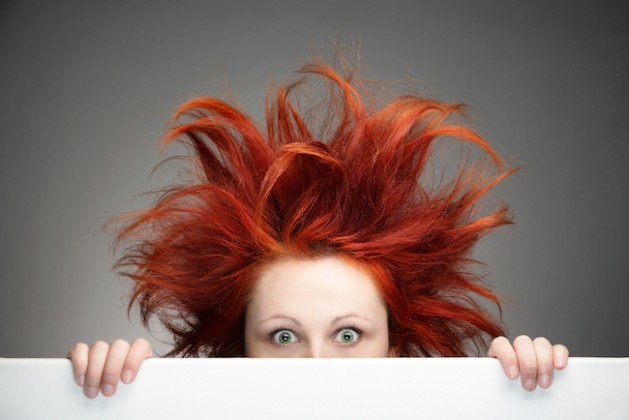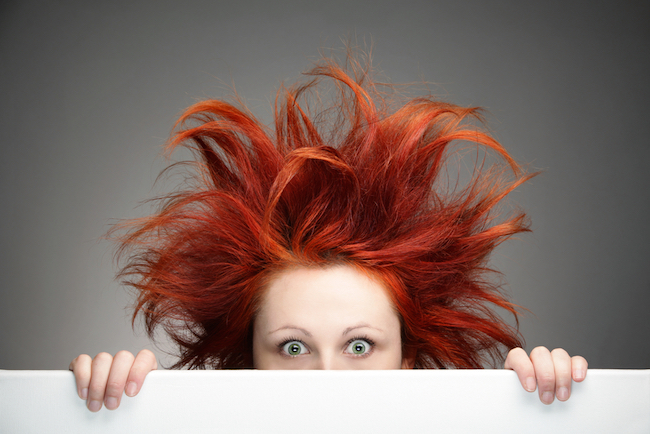
It seems like you have been struggling with your hair since the day you were born. You’ve tried every shampoo, conditioner, deep heat treatment and hair masque on the market, but your hair still doesn’t even remotely resemble what you know it should look like. Guess what? It’s not your shampoo. Here are the real culprits behind unruly hair.
Your Hairbrush
Maybe you own the most expensive hairbrush your stylist sells. Maybe it’s got genuine boar hair bristles, and the handle is made from Brazilian hardwood. But maybe, just maybe, your hairbrush is causing your split ends.
Even beautiful, well-made hairbrushes can be wrong for your hair type. If you have curly hair, those vent brushes that are supposedly awesome for blow drying will break your hair strands mercilessly.
Fine hair doesn’t do well with boar’s hair bristles that fan out on the ends. The bristles will split your hair ends, as well as promote fly-aways.
Experiment with different hairbrushes to find one that’s right for you. Your best brush might not even be the most expensive. And remember, your best “brush” might be a comb. Wide-toothed combs are the least likely to cause any kind of hair damage.
Your Hair Color
Look, it’s just us in the room, okay? We know you color your hair at home sometimes to save money between salon visits. We won’t tell. But you must have noticed that you don’t get as good results at home as you do at the hair stylist. That’s because the concentration that they sell “over the counter” to you is very different than what licensed cosmetologists use on your hair.
What ends up happening is that you color your hair almost twice as often as you would if you went to a salon to get this service. And all that peroxide and ammonia in the hair coloring is just killing your hair, making it dry and unattractive.
If you absolutely must dye your hair at home, opt for a 100% natural, organic hair coloring. Naturtint is one brand that has no ammonia, and it actually lasts a long time if you use it alongside natural shampoo that has no sodium laurel sulfate (SLS strips your hair, and causes the hair dye to fade sooner). Another option, if you like red tones, is to use henna to color your hair. You can even find salons that will henna-tint your hair, so you can get the best of both worlds.
Your Water
Have you ever gone on vacation, and emerged from the hotel shower with softer hair than you even knew what to do with? It wasn’t because you were basking the afterglow of your lover’s arms. It’s because hotels often use water softeners in their water supply.
Water softeners are the secret to those lily white sheets, towels and bathrobes the hotel outfits your room with. It’s also the secret to softer, shinier hair that looks and feels like the virgin hair you had when you were a child.
Most residential water has chemicals and metals in it. If your town treats its water with fluoride, your shower water will have fluoride. It also likely has chlorine and might have lead, copper, arsenic or cadmium. All these lead up to harsh chemicals on your hair. And just think of it; what’s the last thing you do to your hair in the shower? Rinse it with chemicals.
A water softener treats the water with substances such as salt and sodium carbonate. These elements bind to the metals in the water, leaving soft water behind. You can purchase whole house water softener systems that attach to your water tank. Or you can purchase a shower filter with a water softener that you’ll have to refill periodically. Installing a water softener of some kind will make a dramatic improvement in the texture and quality of your hair.
If you implement all these strategies, look out. Some hair company is bound to show up at your door, asking you to be their next cover model. In the meantime, you and your paramour can enjoy your new lustrous mane in the privacy of your home.



